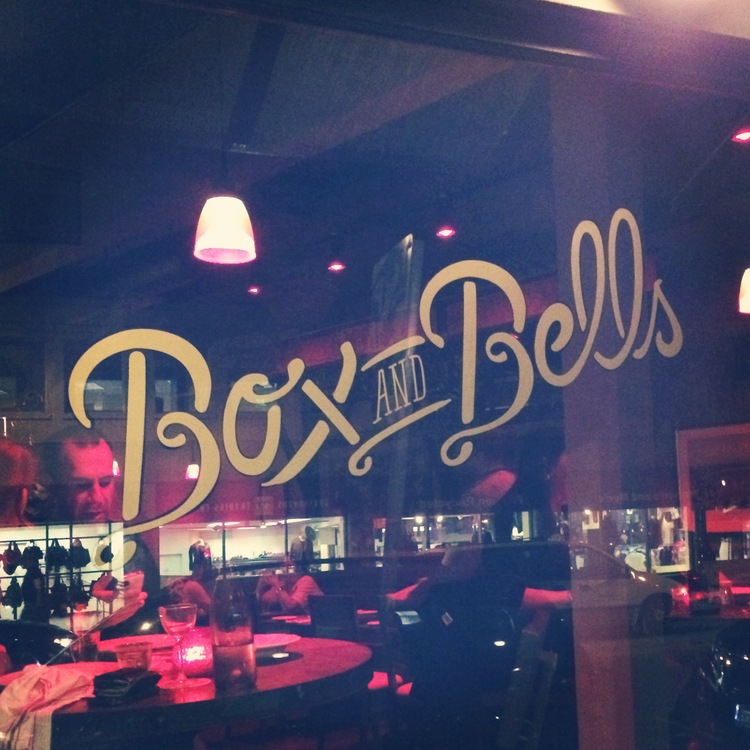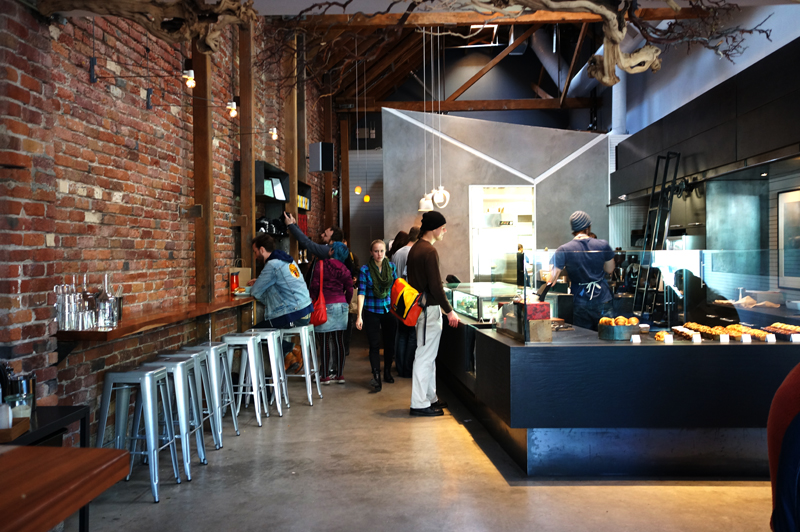The Rise of the Blank and Blank

Opening a restaurant is risky: a quarter fail in their first year, and nearly two-thirds are gone by the third. The desire to minimize risk causes many restaurateurs to pick names that appear safe. They aren’t.
Consider this list of Bay Area bars and restaurants, ordered by opening date:
2005: Squat & Gobble, Fish & Farm
2009: Flour + Water, Baker & Banker
2010: Boot and Shoe, Sons & Daughters, Hog and Rocks, Brick & Bottle
2012: Goose & Gander, Craftsman and Wolves, Pig & Pie
2013: Bourbon and Beef, Box and Bells
The rise of the Blank and Blank isn’t about risk-taking or showing difference. It’s about following a naming trend to signal similarity. Most of the spots listed above will have a menu of locally-sourced plates (small and large) priced around $10 and $20, a list of handcrafted cocktails, a hip interior with wooden benches and/or vintage lighting, and a fashionable, young crowd. In short, they’re trendy.

Following a restaurant naming trend is an easy way to signal that you also follow industry trends. A name type can tie into a certain experience (ampersand : name :: farro : salad), and if that experience becomes one that customers pay for, a naming trend begins.
But why this trend? First, it taps into a rustic sensibility. The original Blank and Blanks were partnerships: German glass company Schwarze & Schlichte (1664), UK clothier Ede & Ravenscroft (1689), Dutch foundry Petit & Fritsen (1660). 21st-century versions of these names harness associations of craftsmanship and self-ownership while replacing last names with nouns that outline their focus.
Second, the old, artisanal feel of a Blank and Blank name contrasts perfectly with the Bay, where the new and shiny reigns. Agrarian aesthetics stand out when they’re plopped into a contemporary scene, and offer the illusion that to enter into a Blank and Blank is to escape the dominant, tech-driven mode of life. (Even if everyone inside is on their laptops.)
A Blank and Blank name offers built-in, fool-proof language power. It’s hard to disrupt the lilting rhythm generated by that central “and,” though Craftsman and Wolves shows it isn’t impossible. Alliteration becomes absurdly easy: seven of the thirteen listed above use it. Finally, the precedent of choosing two nouns for the outer words means that owners can hawk their wares right on the sign (Fish & Farm, Pork & Pie, Hog and Rocks) while emphasizing simplicity.
Finally, it’s applicable to businesses beyond restaurants and bars. Rustic vibes feature in many Bay Area apparel stores (Standard & Strange), houseware hawkers (Moss & Daughters), and even stationery sellers (Needles & Pens). Each small business with a Blank and Blank name adds a tiny piece of its aesthetic to the trend. And when a name type can signal a similar experience across industries, it has serious power.

But are these good names? For all of their apparent safety, they’re a huge gamble: Blank and Blank names will become passé to the same clients who found them trendy, as a name that’s behind the times signals that food and drink is outdated, too. Restaurant naming trends doom their followers to the same cycle they’re meant to ward off.The name type is also constrictive, as it locks a business to product. It would be hard for Goose & Gander to specialize in anything other than poultry without changing its name. But the real worry for these thirteen Blank and Blank brands is this:
Of all of the Bay Area restaurants scheduled to open in 2014, none are Blank and Blanks.

